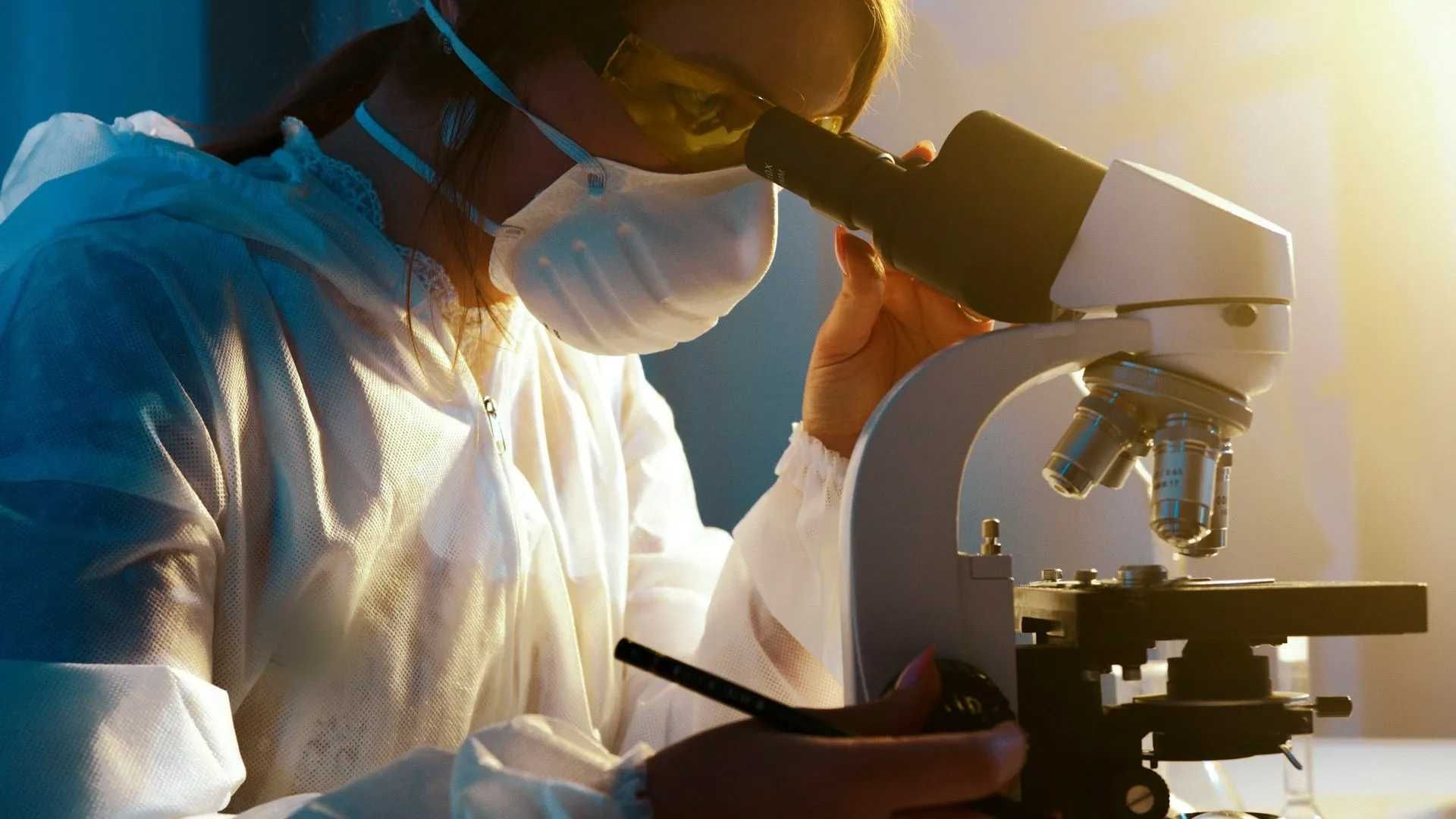
Sjögren's disease diagnostic process
Many individuals share that, although no one expects to develop an autoimmune disease, receiving a diagnosis of Sjögren's brings a sense of relief. After potentially years of not knowing what’s causing their symptoms, they are finally able to name their condition, which allows them to take the necessary steps toward managing their health and leading a fulfilling life with Sjögren's disease.
THERE IS CURRENTLY NO APPROVED MEDICATIONS TARGETED SPECIFICALLY FOR SJÖGRENS. There are currently stage 3 trials taking place and doctors can use a combination of re purposed medications personalised to help patients.
Suspect you have Sjögrens disease?
A General Practitioner (GP) will usually be a patients first port of call. It is important the GP has some specific knowledge around the issue of autoimmune diseases. We are currently working to educate practitioners all around Australia on Sjögren's disease.
If the GP suspects something is amiss patients may be referred to a Rheumatologist, an Immunologist, an Ophthalmologist and dental or oral medicine practitioners.
These professionals will then go through a patients history and try to piece together the puzzle that is a diagnoses of Sjögren's disease.
Sjögren's tests
Autoantibodies: ANA, SSA/Anti-Ro, SSB/Anti-LA, CCP, RF, ENA, SSA/Anti-Ro60, SSA/Anti-Ro52, SSB/Anti-La etc. (Note: Titers do not correlate with disease severity.
Inflammatory markers: ESR, CRP
Laboratory tests: CBC with differential and platelets, serum potassium, liver function tests (LFTs)
Urine analysis: UA, random urine protein/Cr ratio
Infectious disease screening: HIV, Hep C
If Antibody-negative: Consider a minor salivary gland biopsy (MSGB), typically performed via rheumatology consult
Shirmers test
This is an ophthalmology test used to detect severe dryness and dysfunction of the Lacrimal glands. This test involves placing a small strip of sterile filter paper inside the lower eyelid of each eye. The patient closes the eye and the strips are left in place for 5 minutes. The amount of moisture that has soaked the strip is measured in mm. Normal tear production is more than 10-15mm of moisture. Mild to moderate dryness is 5-10mm. Severe dryness is less than 5mm.
Immunoglobulin tests
The immunoglobulin quantitation test measures the levels of the most common types of immunoglobulins in the blood, known as IgG, IgM, and IgA.
Lip Biopsy (minor salivary gland biopsy)
A lip biopsy is a common diagnostic method, particularly for patients who test negative for SSA/Anti-Ro. It is the current gold standard test, and false positives and false negatives can occur.
Unstimulated whole salivary flow rate test
May be undertaken by a Dentist or oral medicine practitioner. This process tests how long it takes for the minor salivary glands to produce droplets, along with viscosity and pH of unstimulated saliva. A patient may also be asked to chew a piece of wax for 5 minutes and the amount of saliva produced is measured and tested.
Laboratory tests to support a Sjögren’s diagnosis
There are several laboratory tests that can help support a diagnosis of Sjögren's, although there is no single test that can diagnose Sjögren's disease.
Ocular staining
A special dye is added to the eyes to highlight areas where the cornea or conjuctive have been damaged due to lack of adequate tear production or poor tear film quality.

Sjögren's disease test criteria
In 2016 The American College of Rheumatology and the European Alliance of Associations for Rheumatology released new criteria for classification of primary Sjögrens disease.
Based on a points system for different criteria a diagnosis can be established.
- A positive labial salivary gland biopsy (3 points)
- A positive serum antibody (3 points)
- Ocular tests (1 point)
- Salivary tests (1 point)
A score of 4 or higher confirms a classification of Sjögren's disease.
